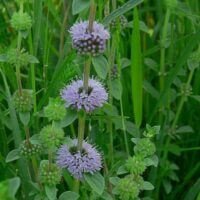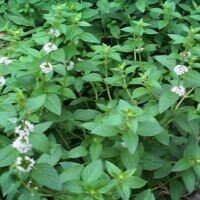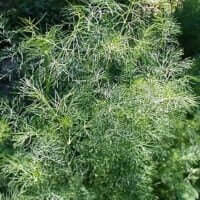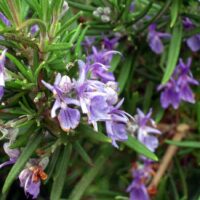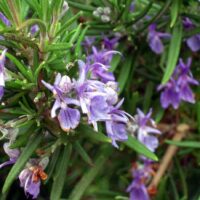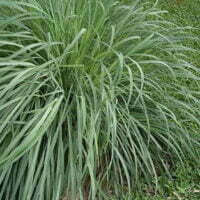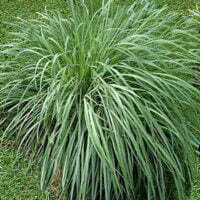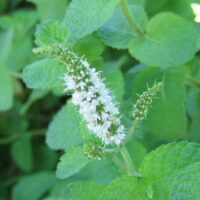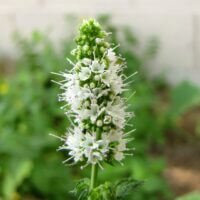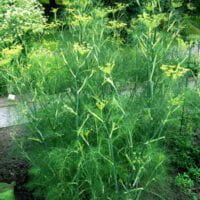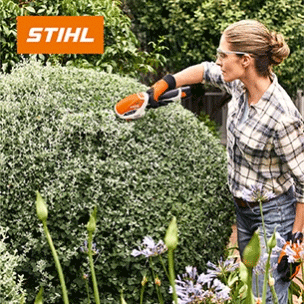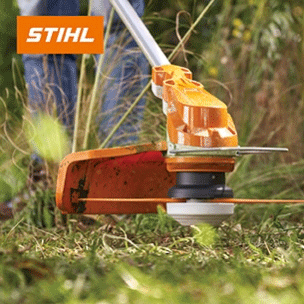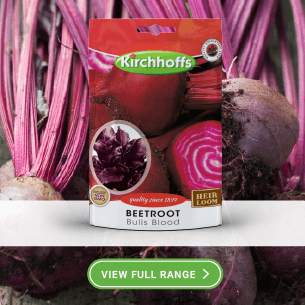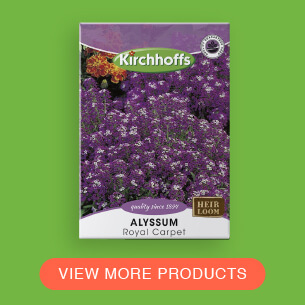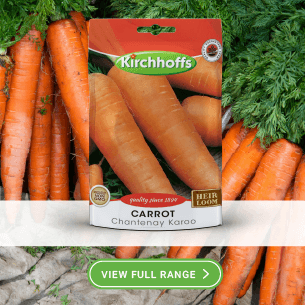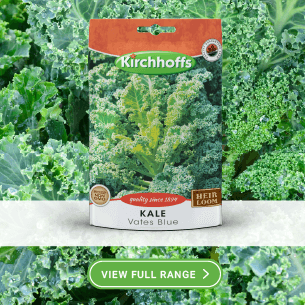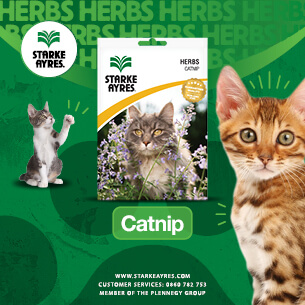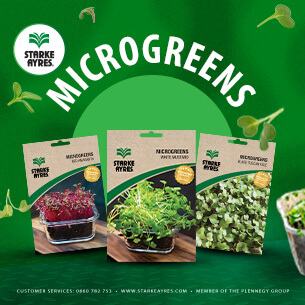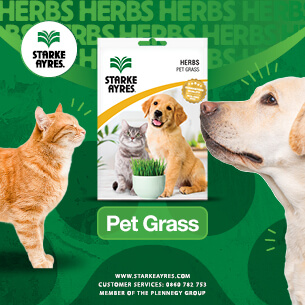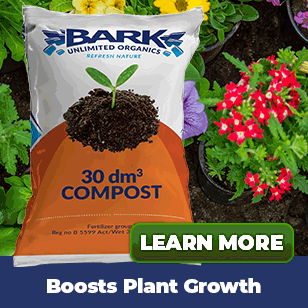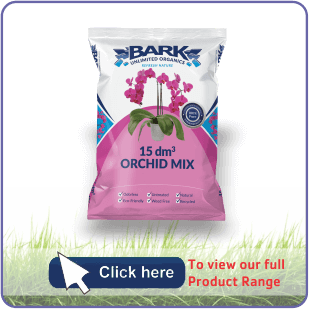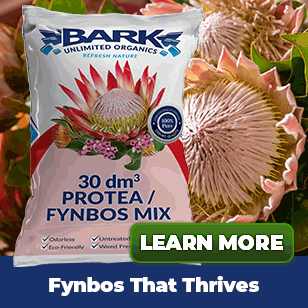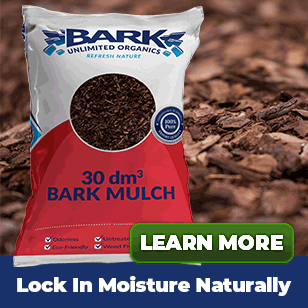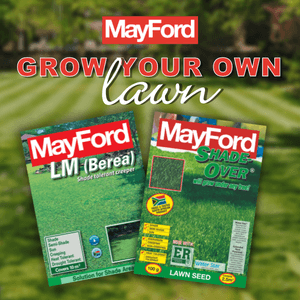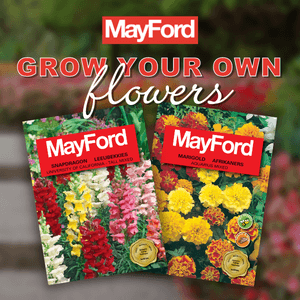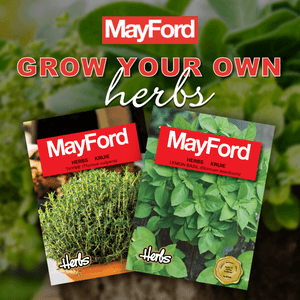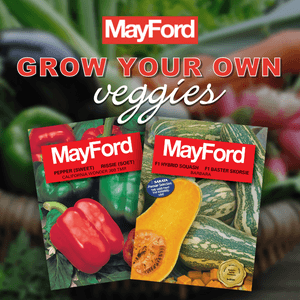| Botanical name | Coriandrum sativum |
|---|---|
| Plant Care |  Deciduous Deciduous – Sheds Its Leaves Annually  Full Sun Full Sun – Prefers 6 or more hours of sun per day.  Half Sun Half Sun – Prefers 3 To 6 Hours of Sunlight a Day.  Frost Sensitive Frost Sensitive – Will Get Damaged and Possibly Killed During Periods of Frost.  Moderate Watering Moderate Watering – Requires Regular Watering.  Pruning Required Pruning Required – Needs to be Pruned.  Non Indigenous Non Indigenous – Exotic to South Africa. |
| Size | |
| Categories | |
| Flowers | The plant produces small white or purplish-tinged flowers. |
| Common name(s) | Coriander |
| Origin | |
| Foliage | An annual herb with dark green, parsley-like leaves |
| Uses in landscape design | It can be placed in a large pot on a veranda or patio. |
| Planting instructions | Sow in a sunny spot. Seed formation in coriander is hindered by proximity to fennel, so don't grow these plants near each other. |
| Maintenance | Seeds germinate quickly; keep seedlings moist. |
| Soil conditions | Well dug and richly composted. |
| Uses | The leaves are used in Indian, Thai, Mediterranean and contemporary cooking. The mature seeds, always called coriander, are ground or crushed and used for flavouring Indian dishes, breads and cakes, and as a component of pickling spice. One of the top five favourite spices in the world! |
| Wildlife attractions | Much loved by bees and butterflies. |
| Interesting planting ideas | Aphids cannot tolerate the smell and the oiliness of the seeds, and this makes coriander an excellent companion for nasturtiums, mealies, dill and tomatoes. |
| Interesting info | When grown in summer, the plants go to seed within four months. In winter, coriander is usually grown for its leaves which have a distinctive taste. |
| Possible problems | Seed formation in coriander is hindered by proximity to fennel, so don’t grow these plants near each other. |
| Harvest | Young leaves can be picked at any time and seeds should be collected when they turn brown, before they drop. |
| When to sow | |
| Seed sowing instructions | Sow the seed 300mm apart. |
Coriandrum sativum (Coriander)
- Botanical name: Coriandrum sativum
- Common name(s): Coriander
- Categories: Herbs
Plant description:
An annual herb with dark green, parsley-like leaves and small white or purplish-tinged flowers. The leaves, which have a distinctive taste, are known by various culinary terms, including coriander, dhania, cilantro and Chinese parsley
Family: Apiaceae
Botanical Pronunciation: kore-ee-AN-drum suh-TYE-vum
Coriandrum sativum requirements and features
info on these icons
Moderate Maintenance
Requires moderate maintenance.
Prohibited Use Notice: No Data Scraping Allowed Except for Search Engine Indexing:
The content provided on PlantInfo.co.za is intended for personal, non-commercial use only. Unauthorized extraction, reproduction, or use of the data, including scraping, for any purpose other than search engine indexing is strictly prohibited. Violations of these terms may result in legal action. By accessing and using this website, you agree to comply with these conditions and acknowledge the legal restrictions on the use of our content.
The plant produces small white or purplish-tinged flowers.

An annual herb with dark green, parsley-like leaves




















